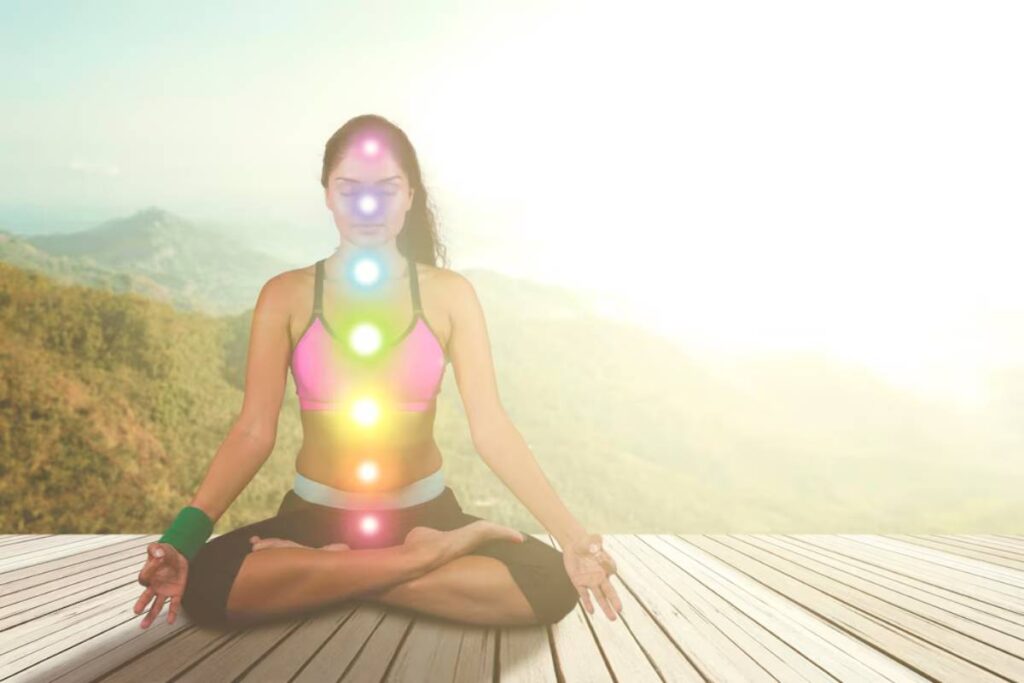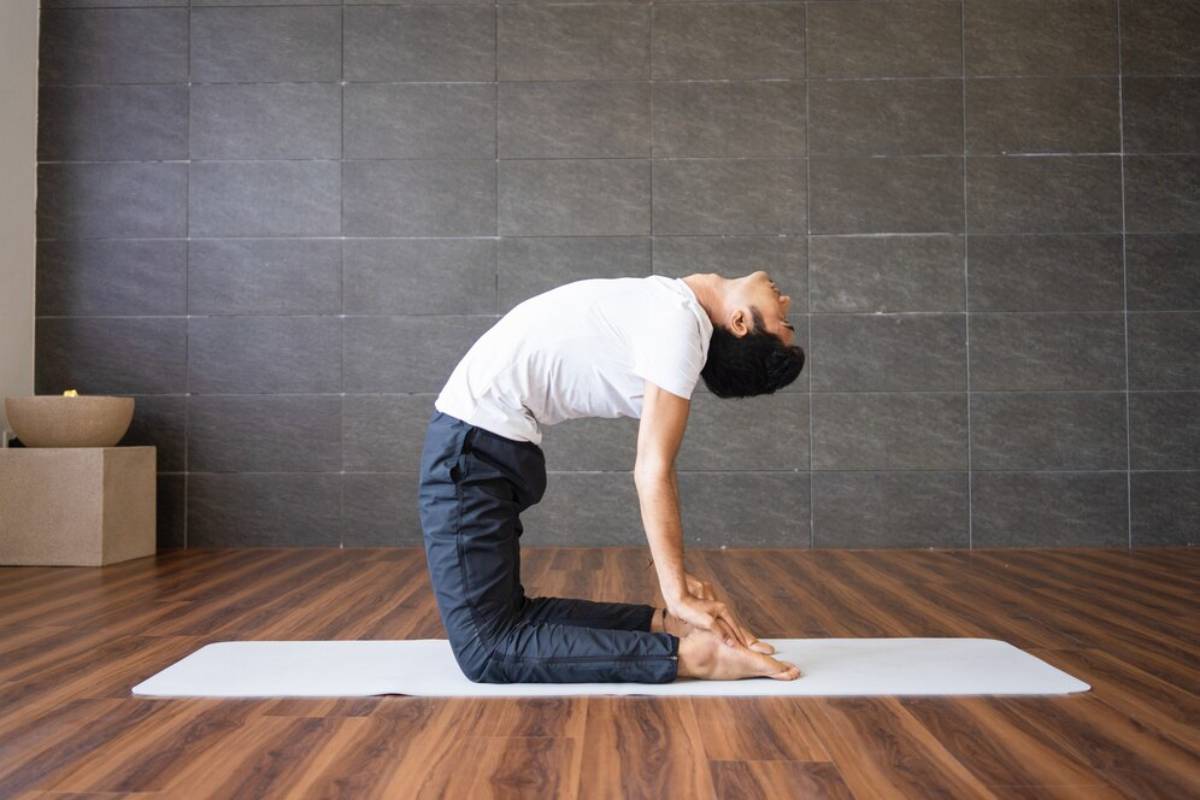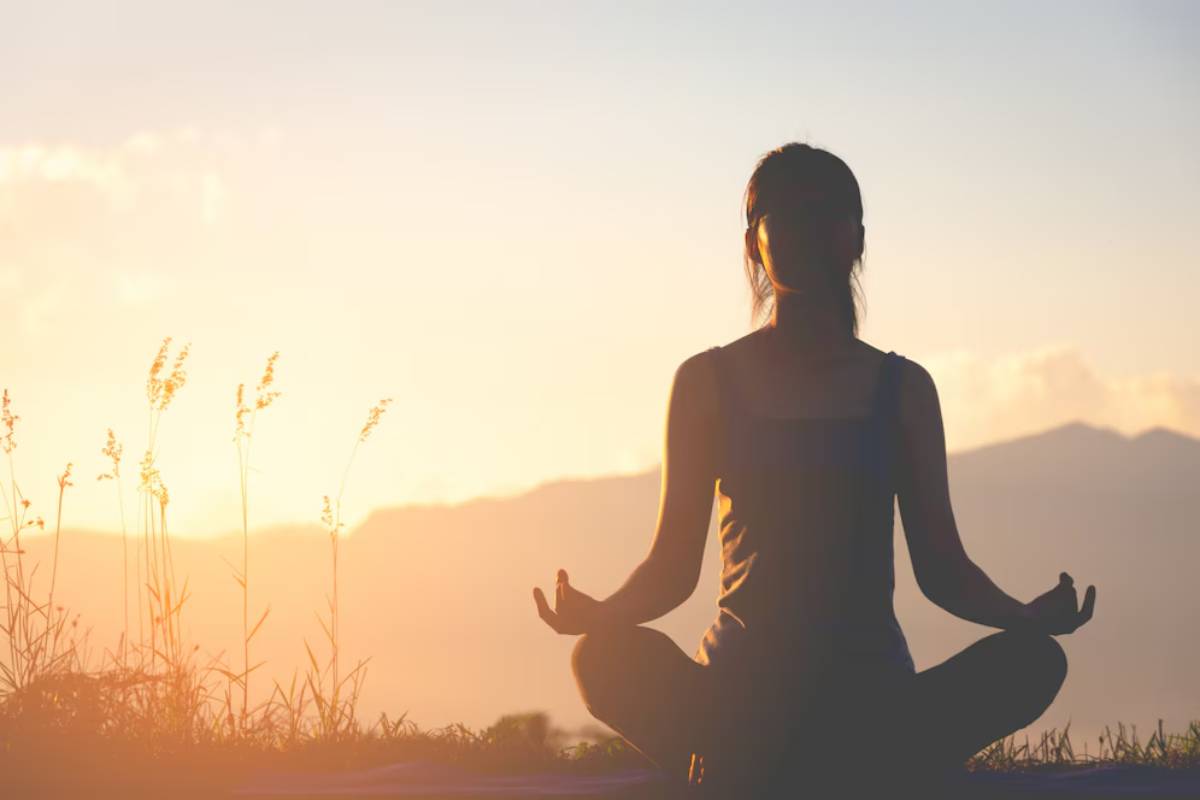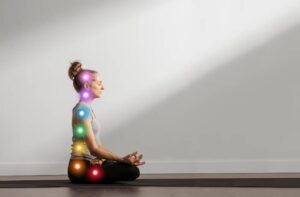The Yoga Blogs

The Eight Limbs of Yoga: Path to Mental Clarity
Have you ever felt overwhelmed by the hustle and bustle of daily life, yearning for a moment of peace and clarity? You’re not alone. In today’s fast-paced world, mental clarity often seems like a distant dream. But what if I told you that the ancient practice of yoga holds the key to unlocking a serene mind?
Welcome to the journey of understanding the eight limbs of yoga, a profound aspect of yoga philosophy that guides practitioners on a transformative path towards mental clarity. In this blog, we will delve into each limb, exploring how they collectively create a holistic approach to achieving tranquillity and focus. Whether you’re a seasoned yogi or a curious beginner, this exploration promises insights that could redefine your mental landscape.
Key Benefits / Why It Matters
Understanding the Eight Limbs of Yoga
The concept of the eight limbs of yoga finds its roots in the “Yoga Sutras of Patanjali”, a seminal work in the philosophy of yoga. Each limb serves as a guideline, providing a structured path toward attaining a balanced, fulfilling life. These principles encourage practitioners to engage in self-reflection and personal growth. By integrating these teachings into their daily lives, individuals can foster a profound connection with their inner selves and the surrounding environment. This journey ultimately promotes greater mental clarity and emotional stability, enriching one’s overall well-being. As practitioners delve deeper into each limb, they uncover layers of understanding that enhance their spiritual and physical practices, creating a holistic approach to life.The Eight Limbs of Yoga
1. The Yamas and Niyamas: Ethical Foundations
These foundational limbs guide moral and ethical behaviour:
- Yamas (moral restraints):
- Ahimsa (non-violence)
- Satya (truthfulness)
- Asteya (non-stealing)
- Brahmacharya (moderation)
- Aparigraha (non-possessiveness)
- Niyamas (personal observances):
- Saucha (cleanliness)
- Santosha (contentment)
- Tapas (self-discipline)
- Svadhyaya (self-study)
- Ishvara Pranidhana (surrender to a higher power)
These principles reduce mental clutter and promote inner harmony.

2. Asana: The Physical Postures
Asanas play a crucial role in preparing the body for meditation by developing strength, enhancing flexibility, and promoting overall comfort. Engaging in these physical postures helps release tension and facilitates relaxation. A body that feels at ease allows for a tranquil mind, creating the ideal environment for focused meditation. This harmonious state encourages deeper introspection and clarity during the meditative process, enabling practitioners to connect more profoundly with their inner selves. Thus, the practice of asanas becomes essential for achieving a balanced and serene mental state.
3. Pranayama: The Art of Breath Control
Pranayama techniques, such as deep breathing and alternate nostril breathing, play a significant role in regulating emotions. These practices calm the nervous system, promoting a sense of tranquility. As a result, individuals experience improved mental clarity and focus.
4. Pratyahara: Withdrawal of the Senses
Pratyahara involves the conscious withdrawal of the senses from external stimuli. This practice allows individuals to turn their attention inward, fostering a deeper connection with their inner selves. By minimizing distractions, one can cultivate greater awareness and self-control. This process enhances meditation and mindfulness, leading to a more profound understanding of one’s thoughts and emotions. Engaging in Pratyahara can help individuals achieve a balanced state of mind, paving the way for personal growth and emotional resilience.
This limb is about turning inward—reducing sensory distractions to focus on the mind’s inner workings.
5. Dharana: Concentration
Dharana is focused attention on a single object or thought. It’s the groundwork for deeper meditation and cultivates clarity in the present moment.
6. Dhyana: Meditation
This is sustained concentration—meditation in its purest form. Dhyana brings stillness and insight as the mind becomes profoundly aware.

7. Samadhi: Union with the Divine
The final limb represents spiritual absorption and enlightenment. It’s the culmination of yoga practice—pure consciousness and the height of mental clarity.
Additional Expert Tips & Common Mistakes to Avoid
Best Practices for Embracing the Eight Limbs
- Start with the Basics: Ground your journey with the Yamas and Niyamas.
- Consistency is Key: Practice Asana and Pranayama regularly—even 10–15 minutes daily helps.
- Mindful Meditation: Begin with short daily meditation sessions.
- Seek Guidance: Learn from experienced teachers to deepen your understanding.
Common Mistakes to Avoid
- Rushing the Process: Growth in yoga is gradual. Be patient.
- Ignoring the Ethical Foundations: Don’t skip the Yamas and Niyamas.
- Overemphasis on Perfection: Yoga is about awareness, not flawless poses.
- Neglecting Self-Care: Support your practice with good nutrition, sleep, and mental rest.
Advanced Insights / Expert Recommendations
The Science Behind Yoga and Mental Clarity
Scientific research confirms yoga’s impact on the brain. A study from the University of Illinois revealed that just 20 minutes of Hatha yoga improved cognitive function, including memory and attention.
Integrating Yoga into Daily Life
Make yoga a part of your routine:
- Morning: Meditation or Pranayama
- Midday: Asana practice or breath awareness
- Evening: Reflect on the Yamas and Niyamas
Unique Perspectives from Experienced Practitioners
Take Emma, a devoted yogi, who turned to the Yamas and Niyamas during a personal crisis. Focusing on Satya (truthfulness) and Santosha (contentment) gave her a renewed sense of purpose and clarity.
Eight Limbs of Yoga: Finding Structural Path
In a world filled with distractions, the eight limbs of yoga offer a structured path to inner peace and mental clarity. They empower us to live with purpose, calm, and mindfulness.
Are you ready to take the first step? Start with just one or two limbs—perhaps Asana and a Niyama—and notice the shift in your mind and spirit. Share your journey in the comments, and let’s support one another in this pursuit of peace and clarity.









